Barcelona - the Gothic Quarter
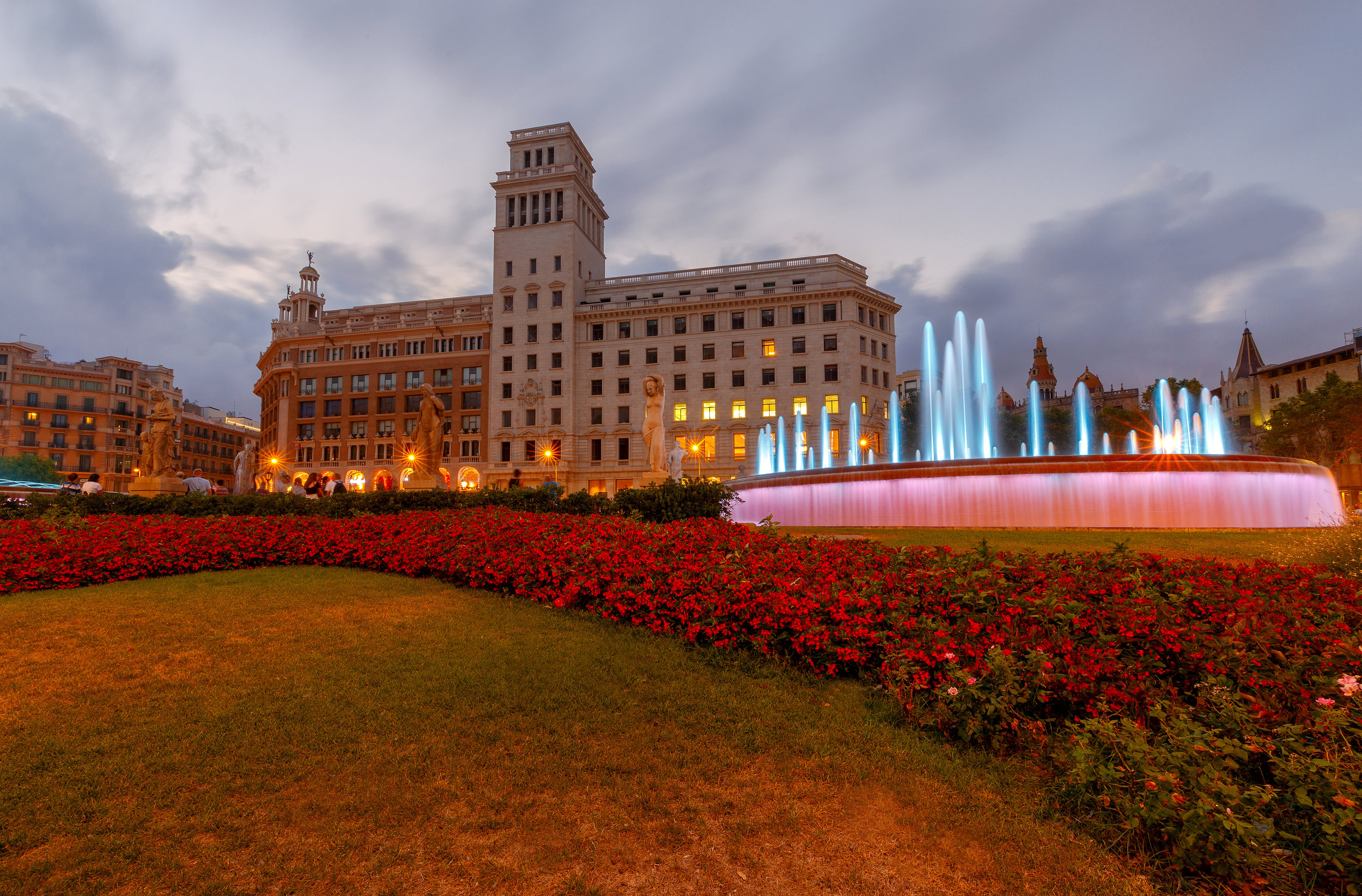
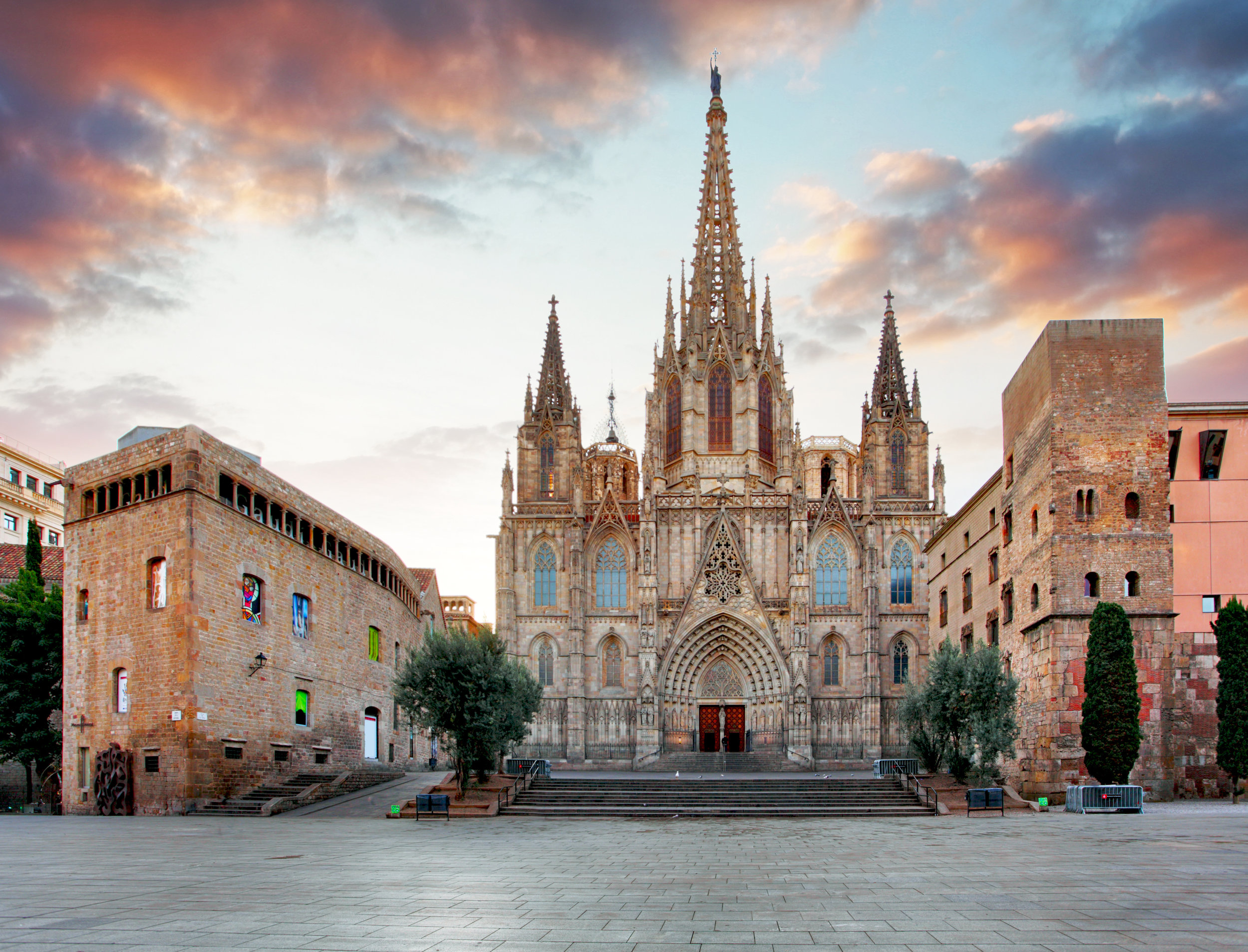
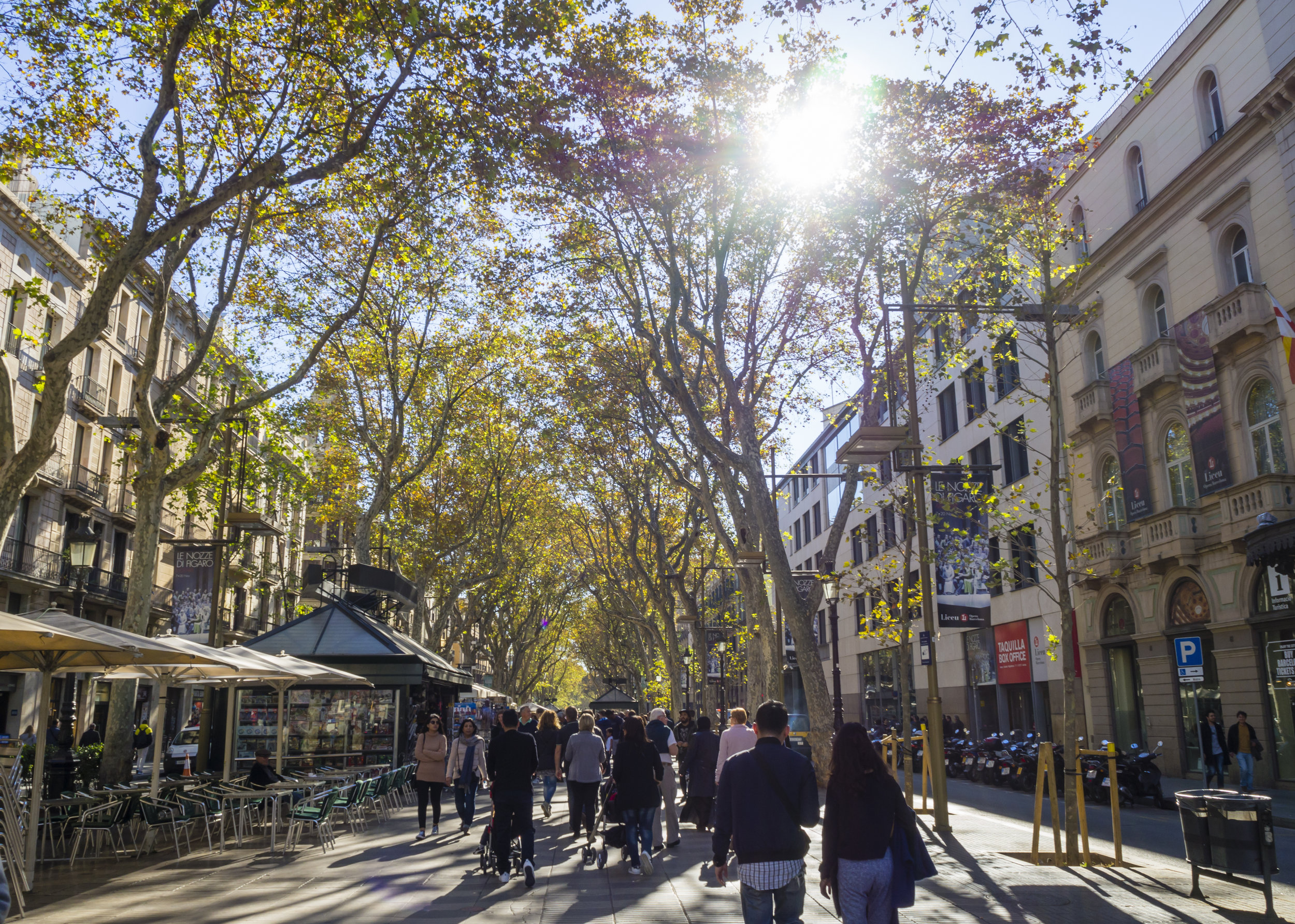
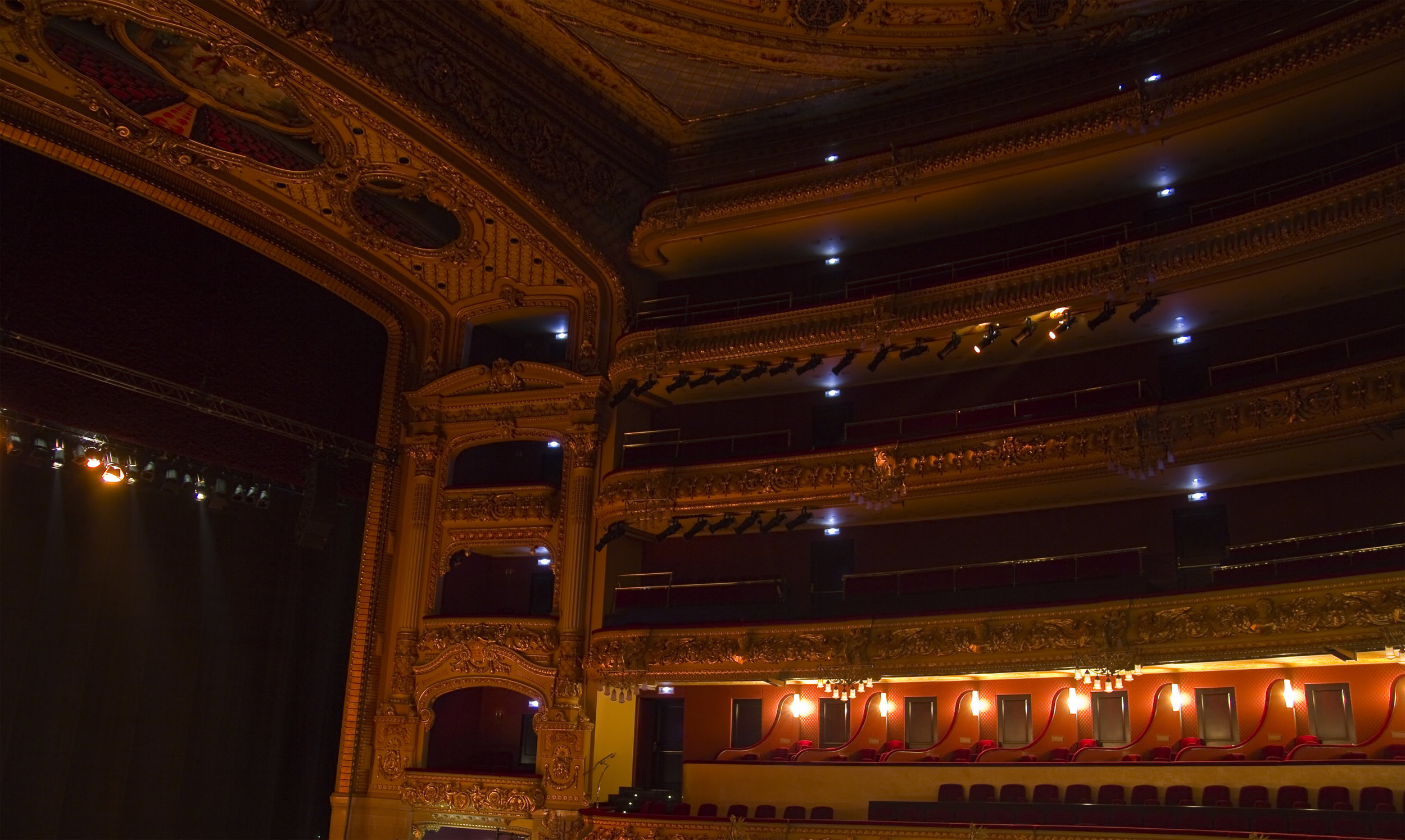
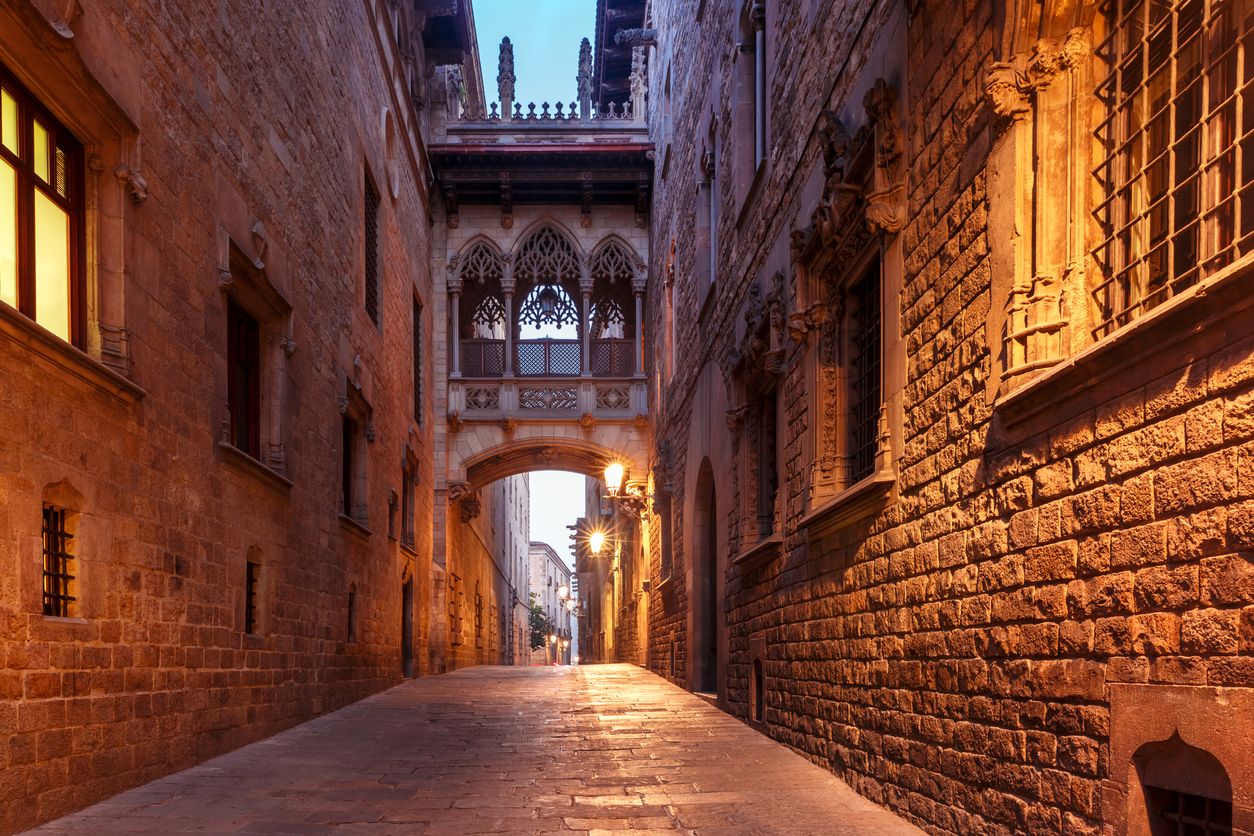
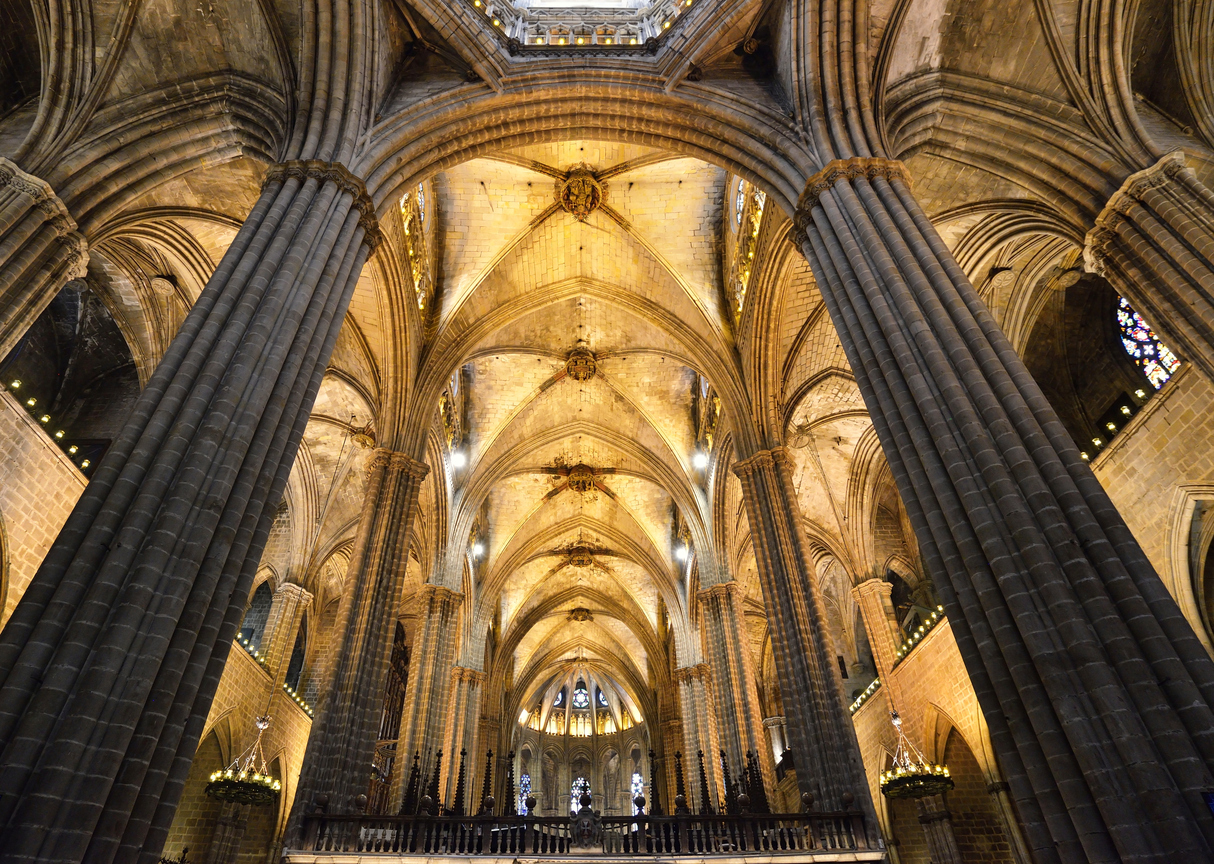
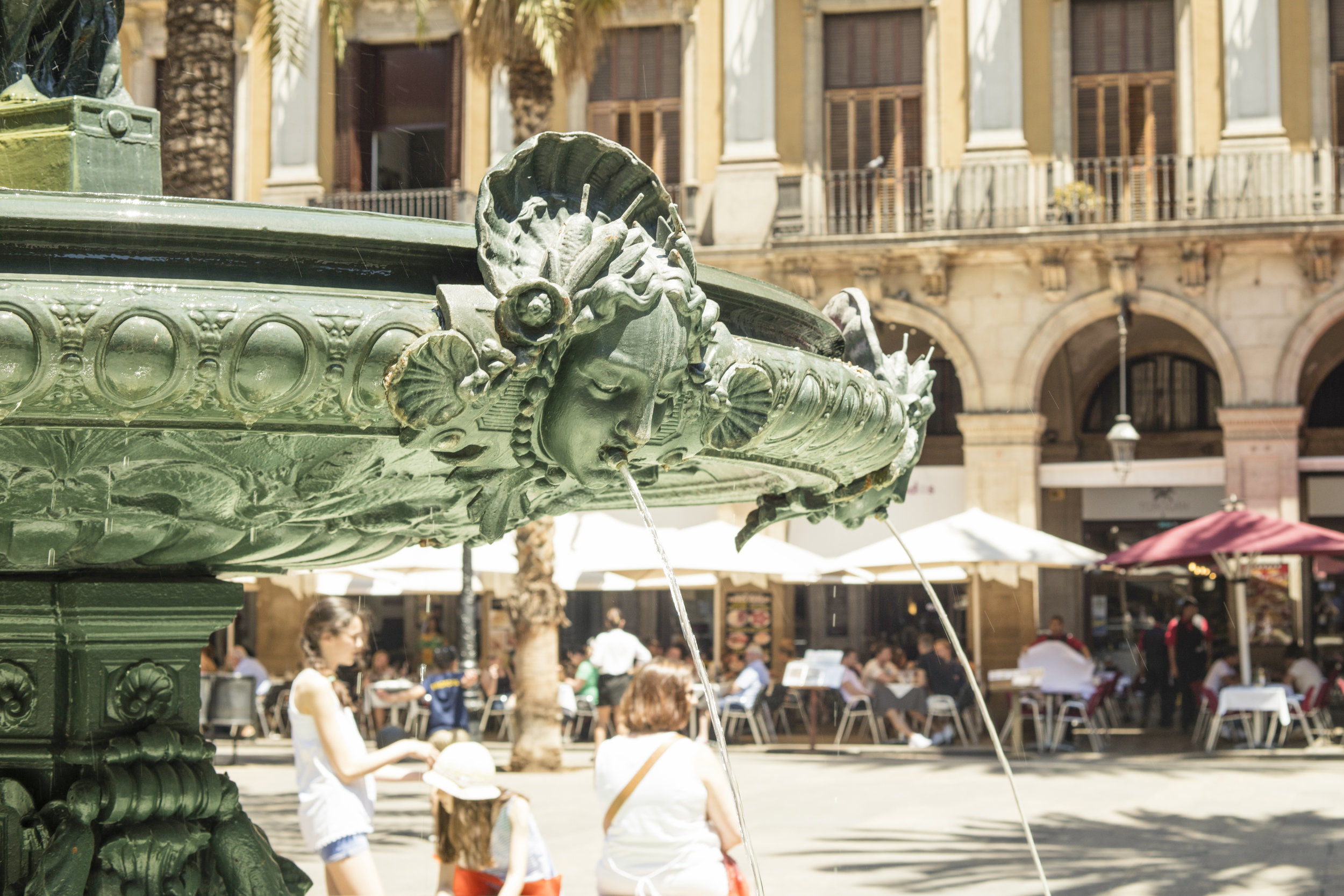
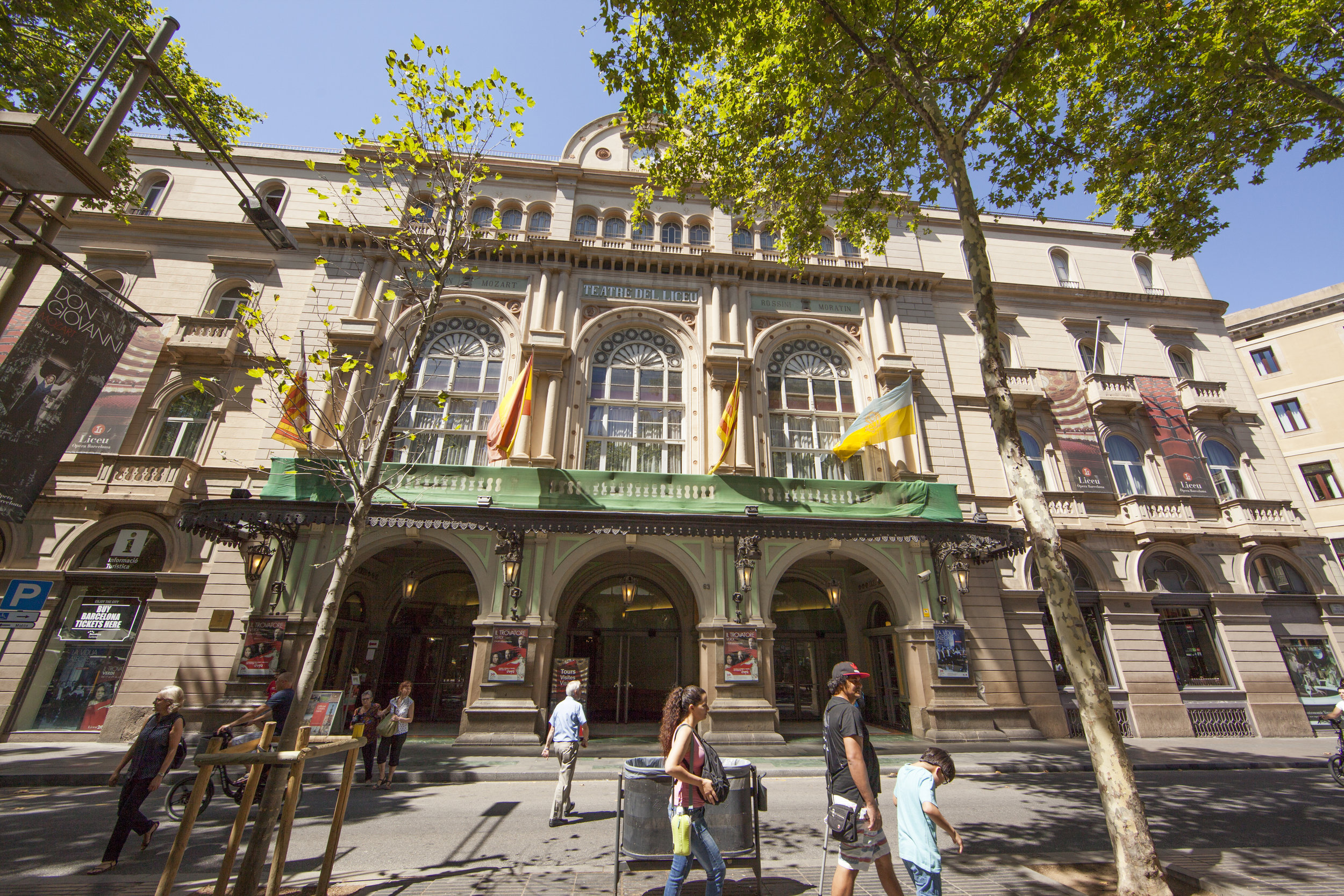
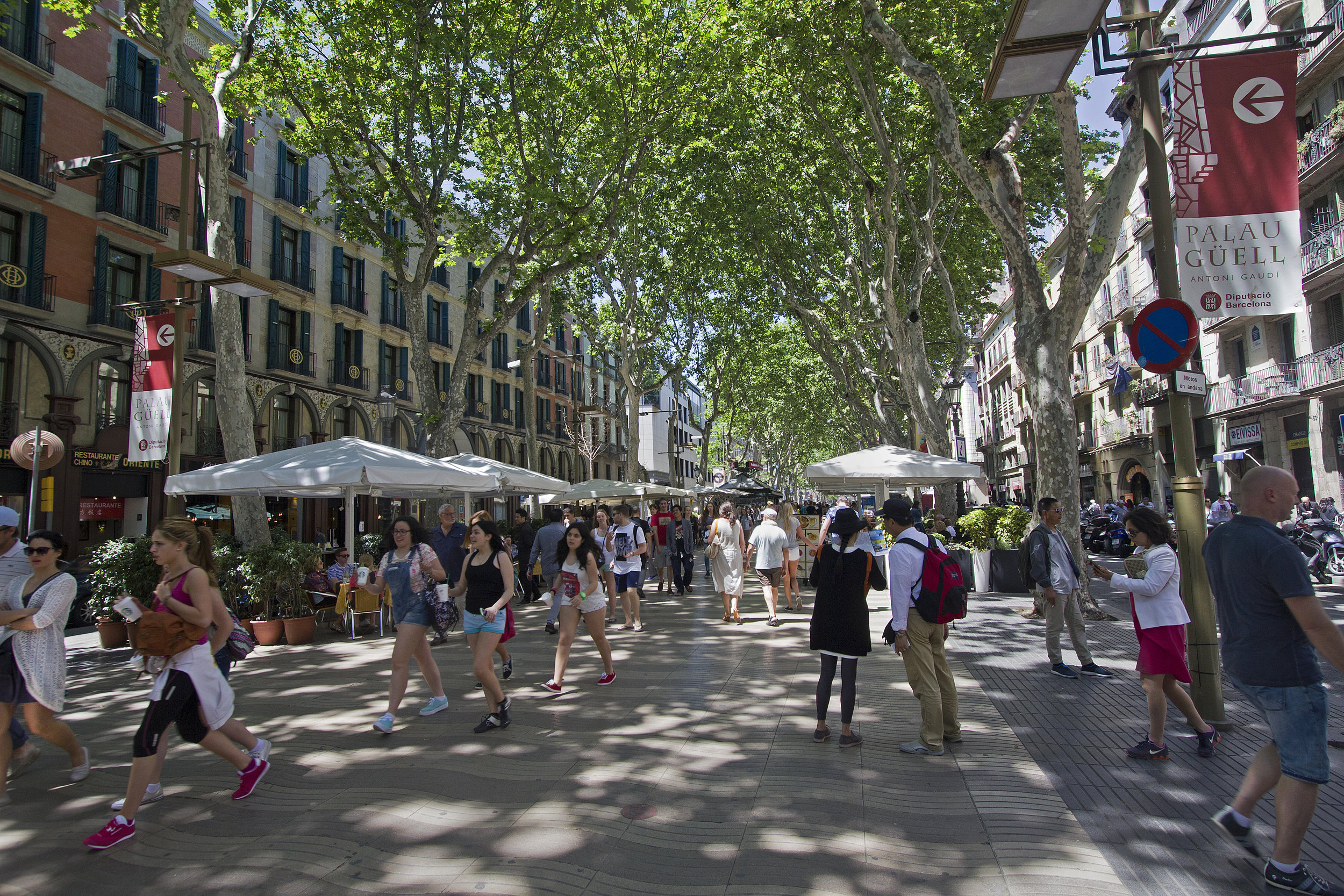
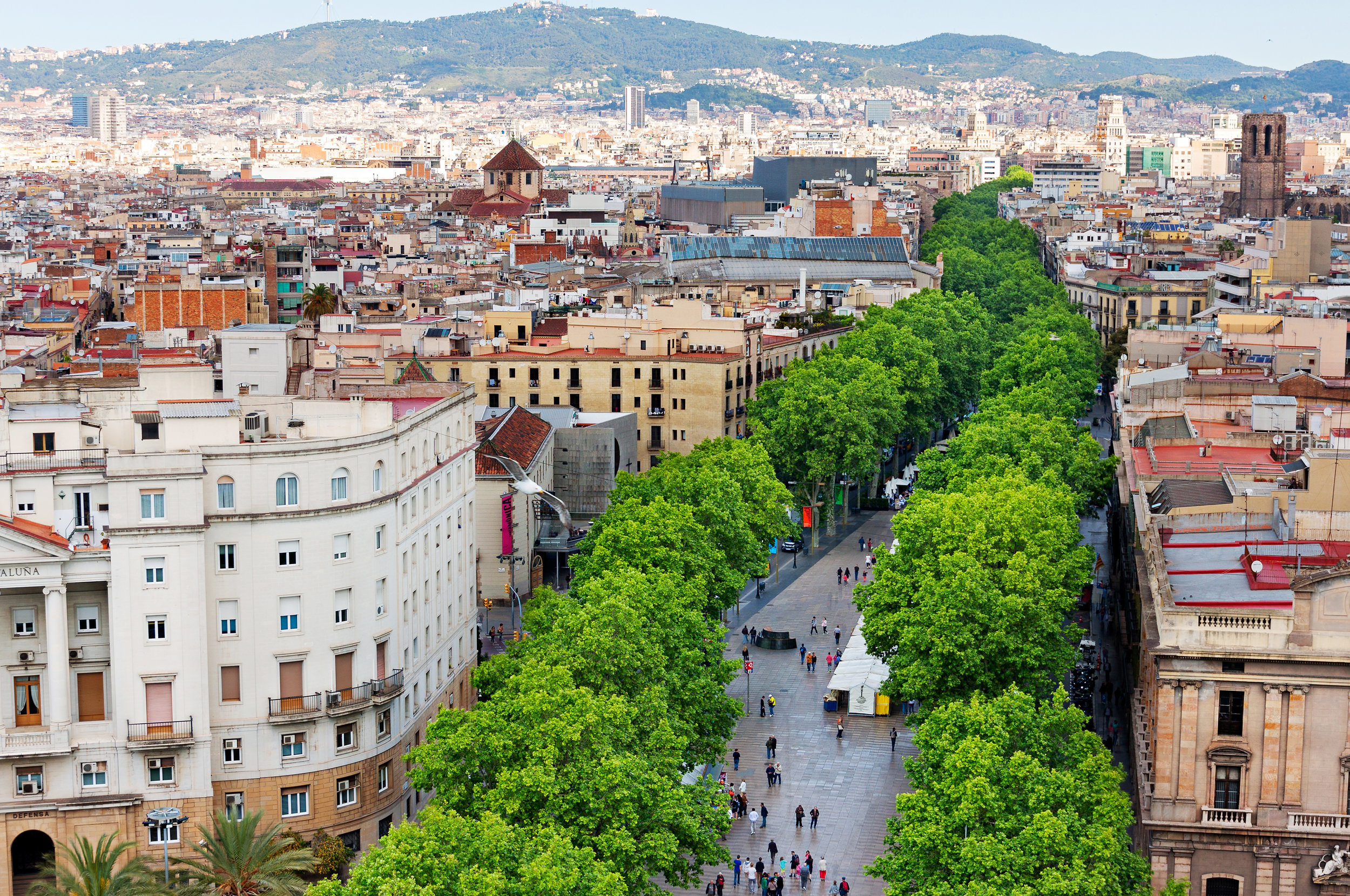
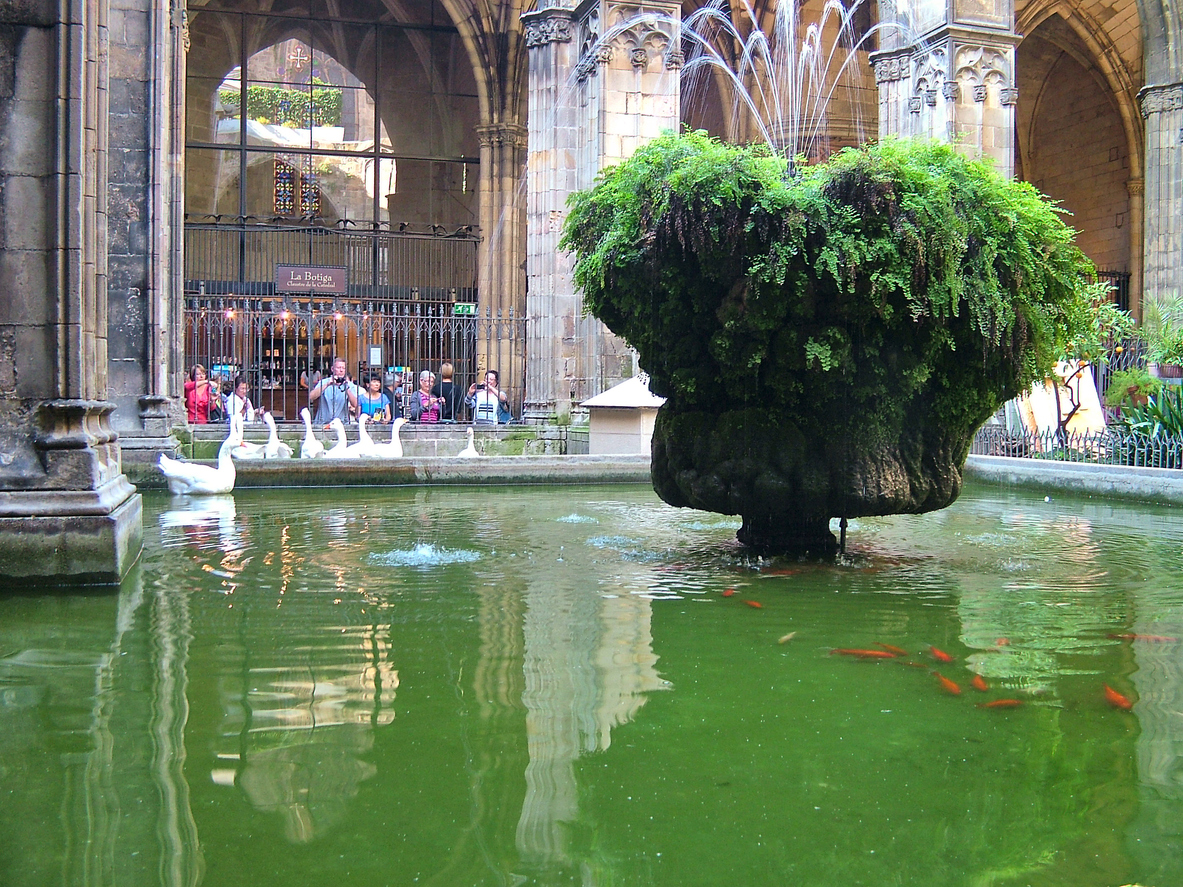
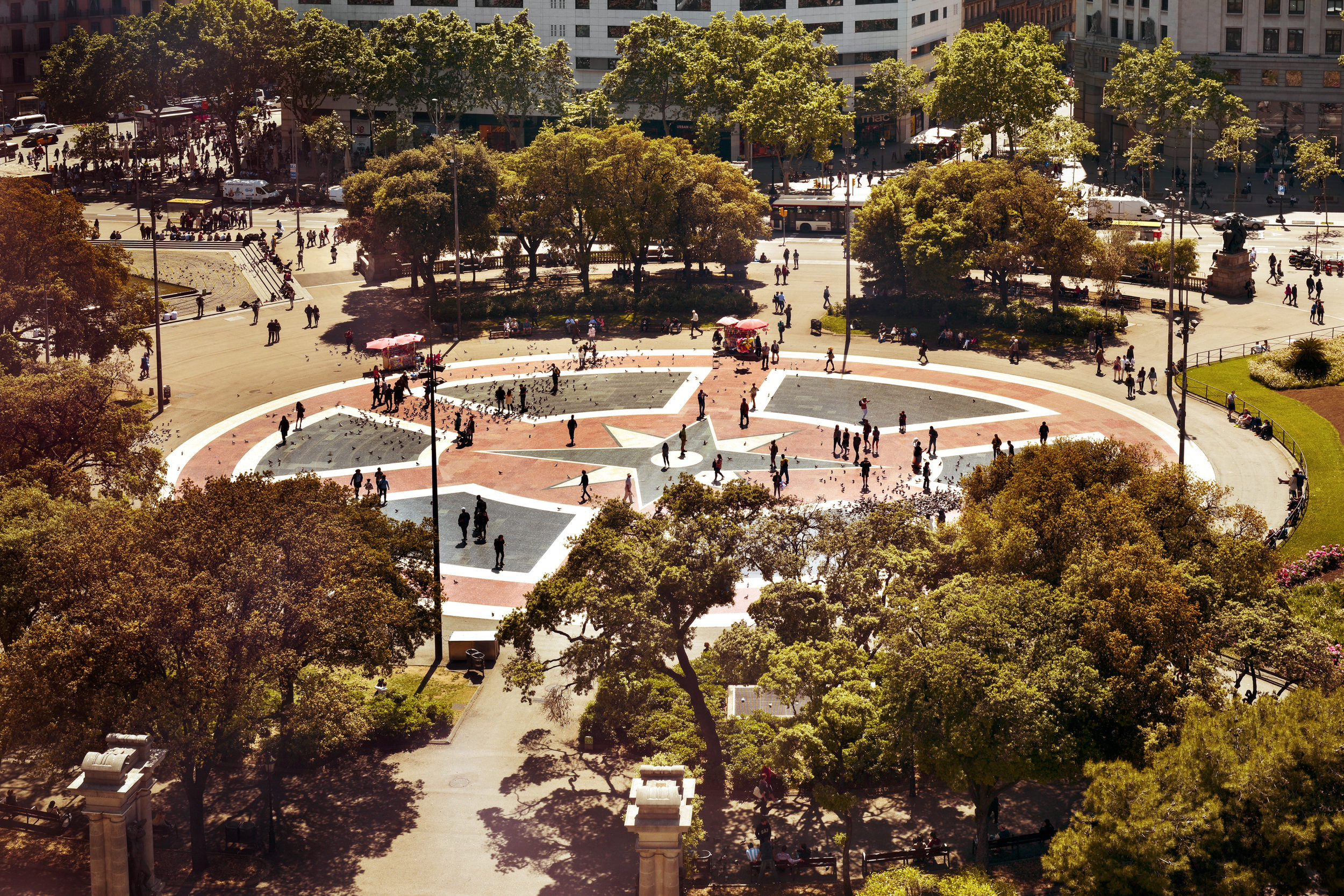
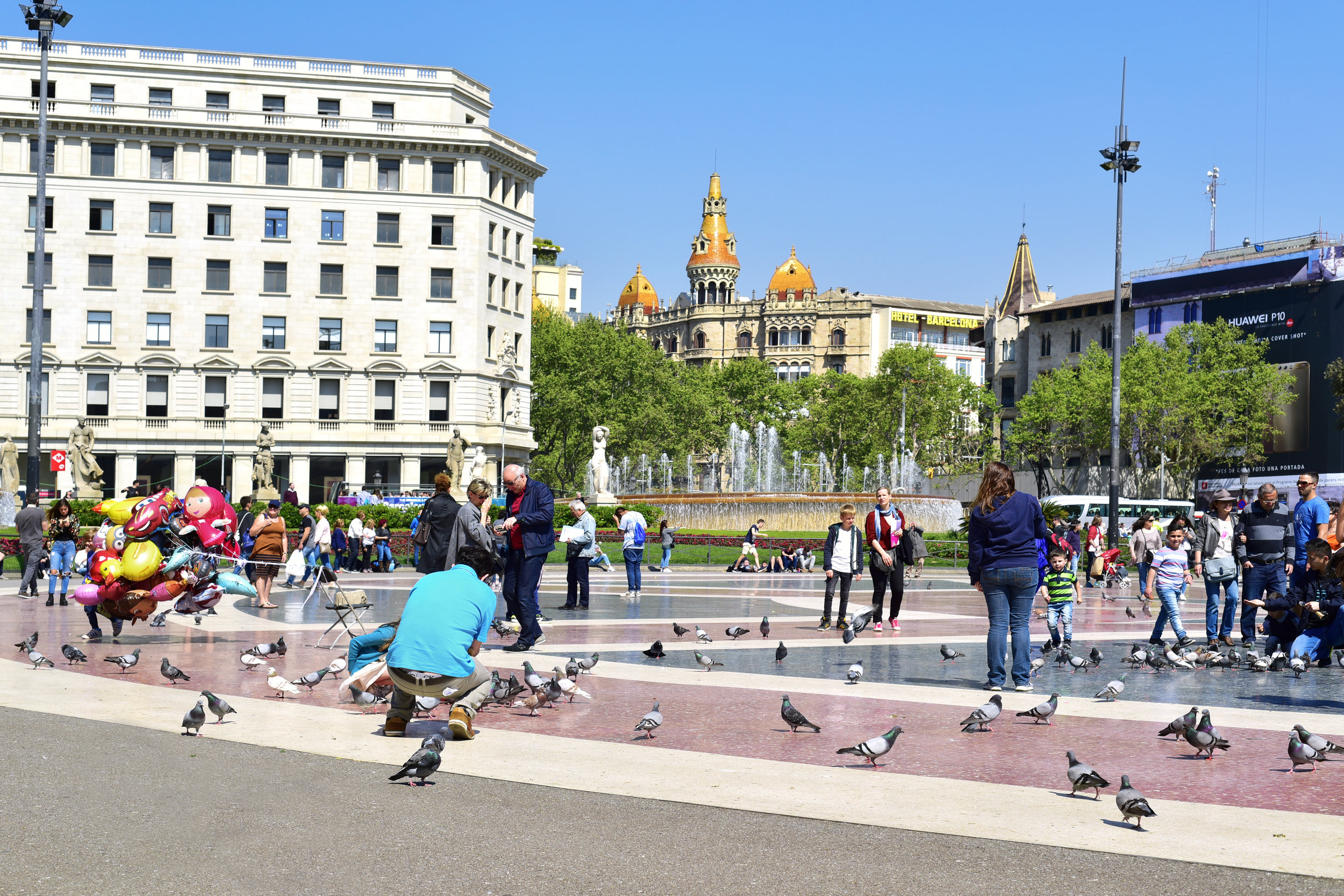
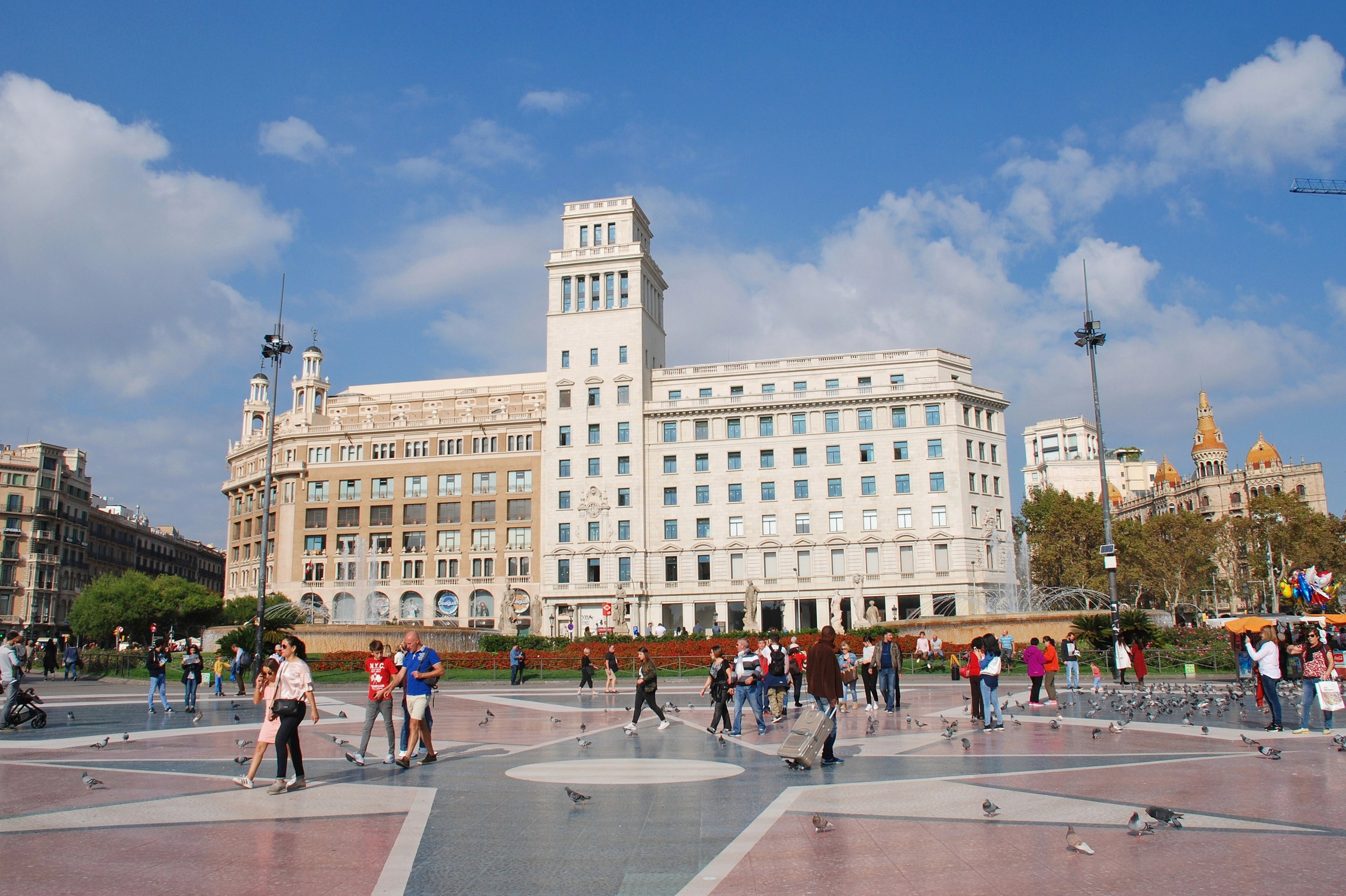
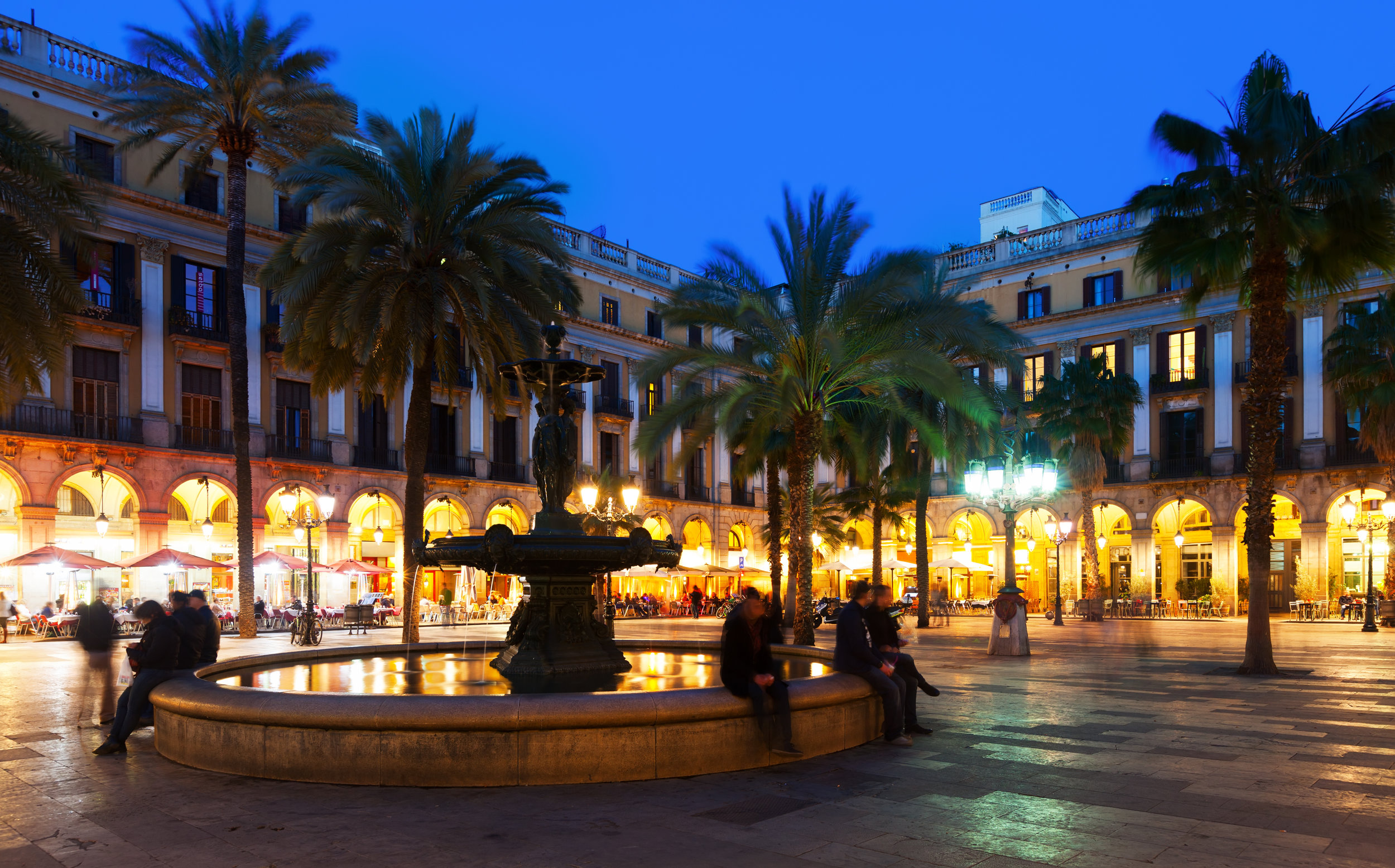
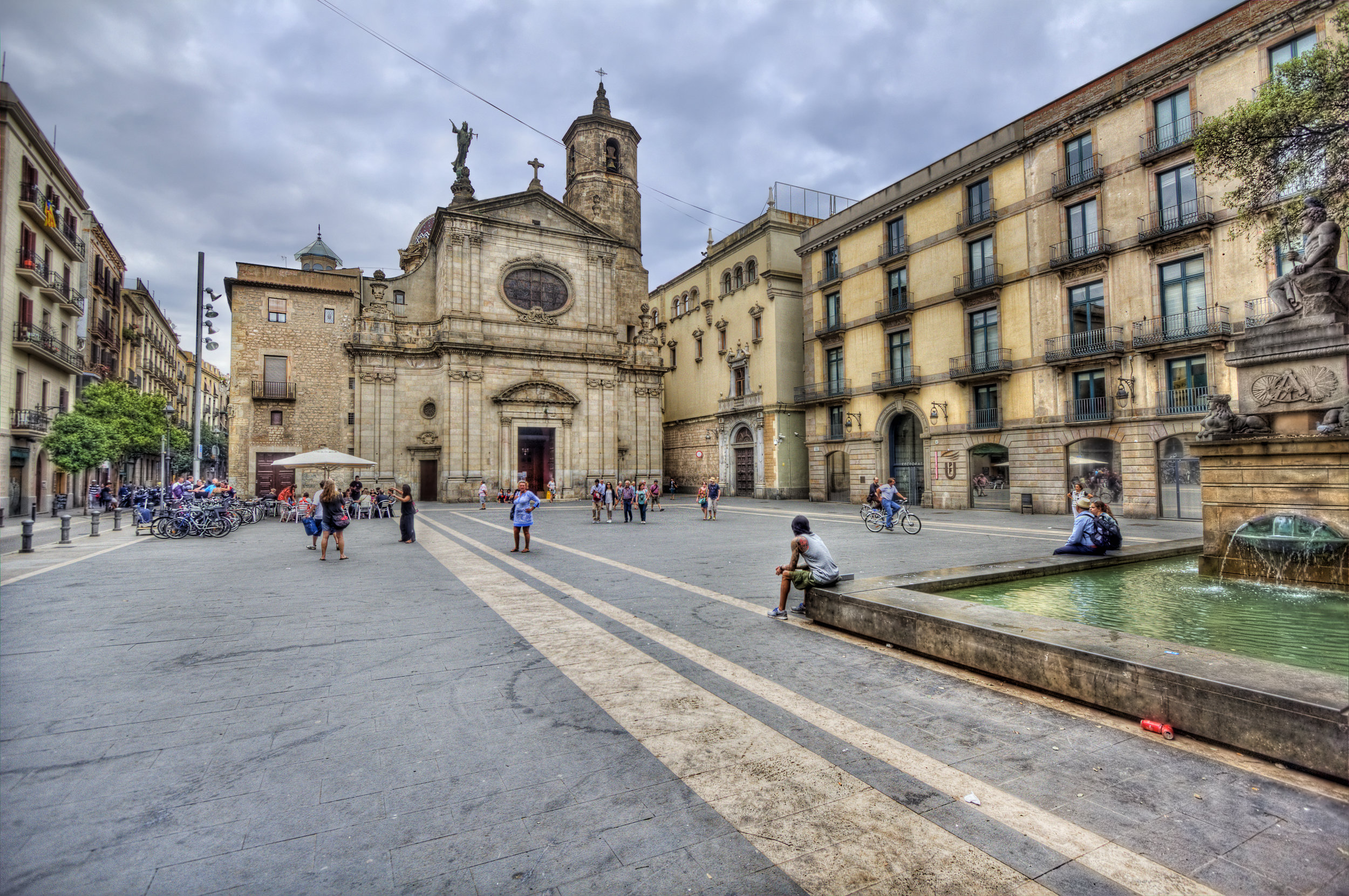
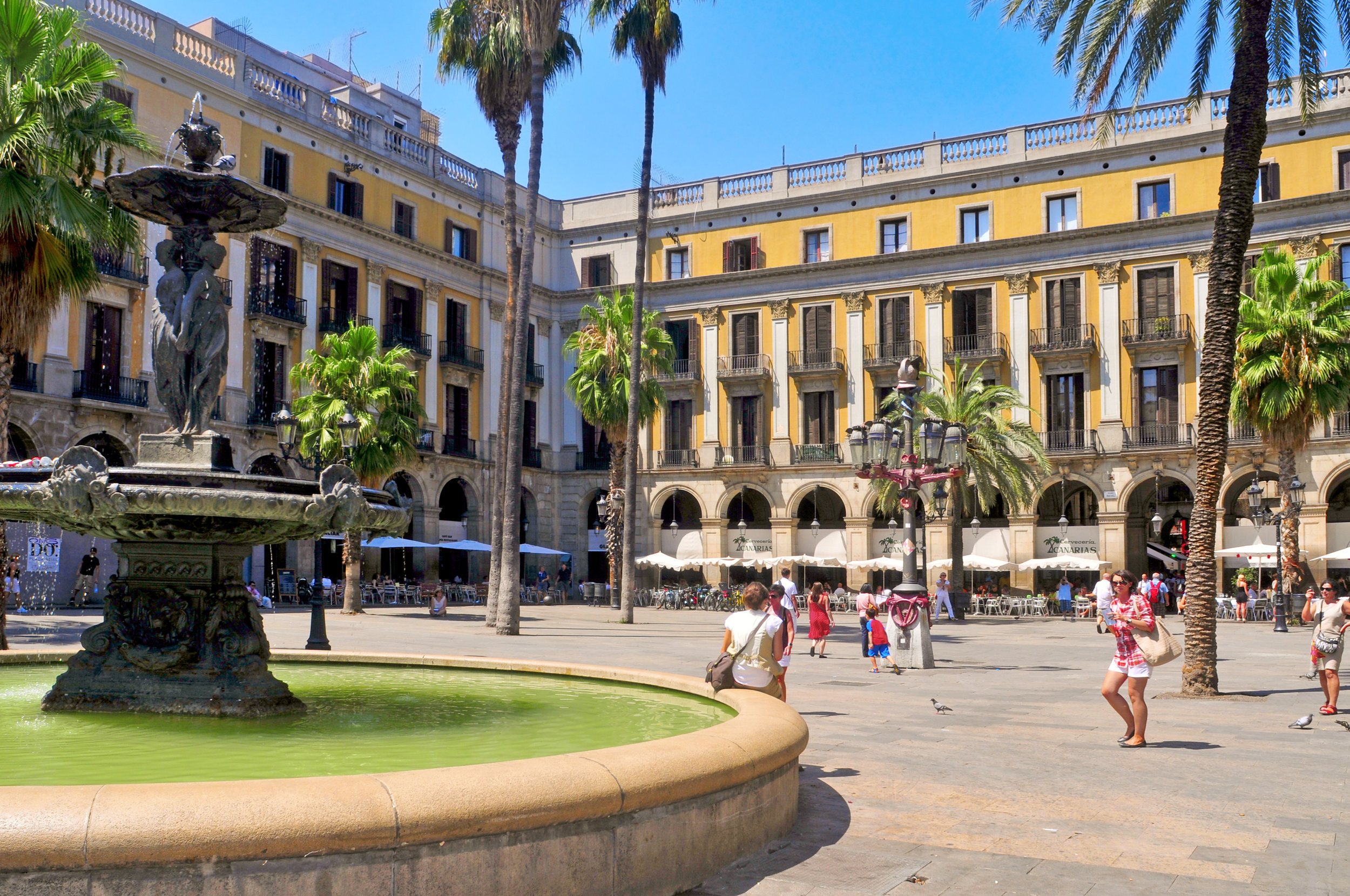
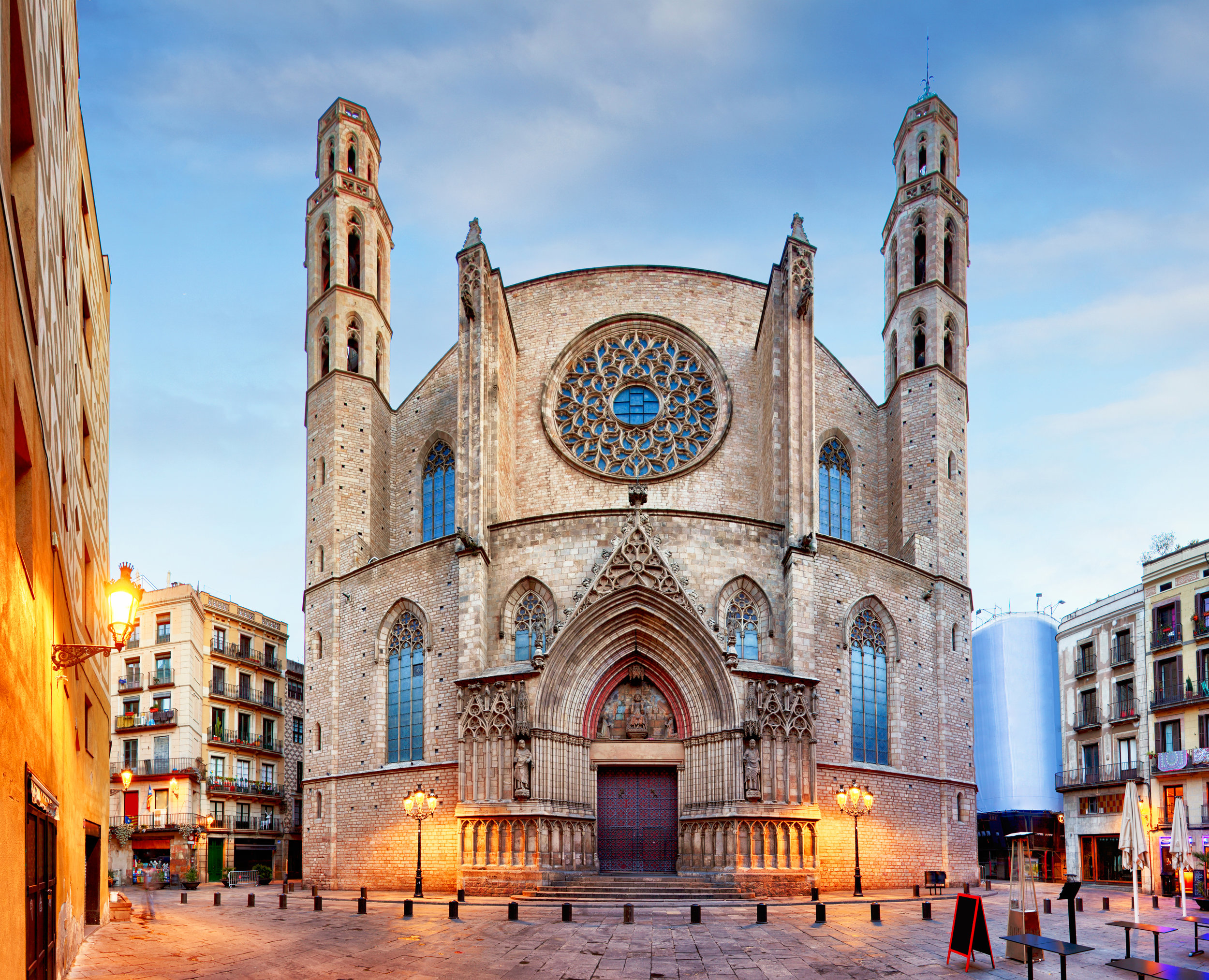

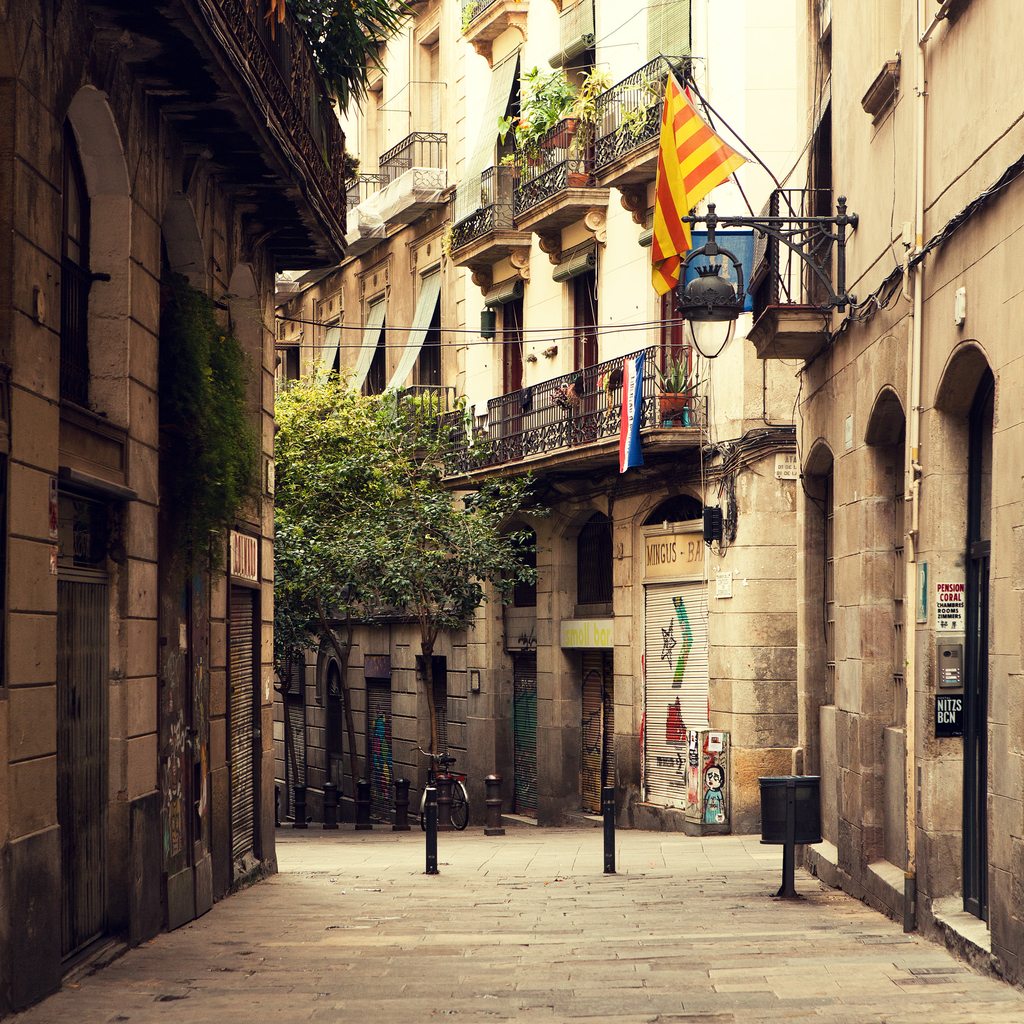
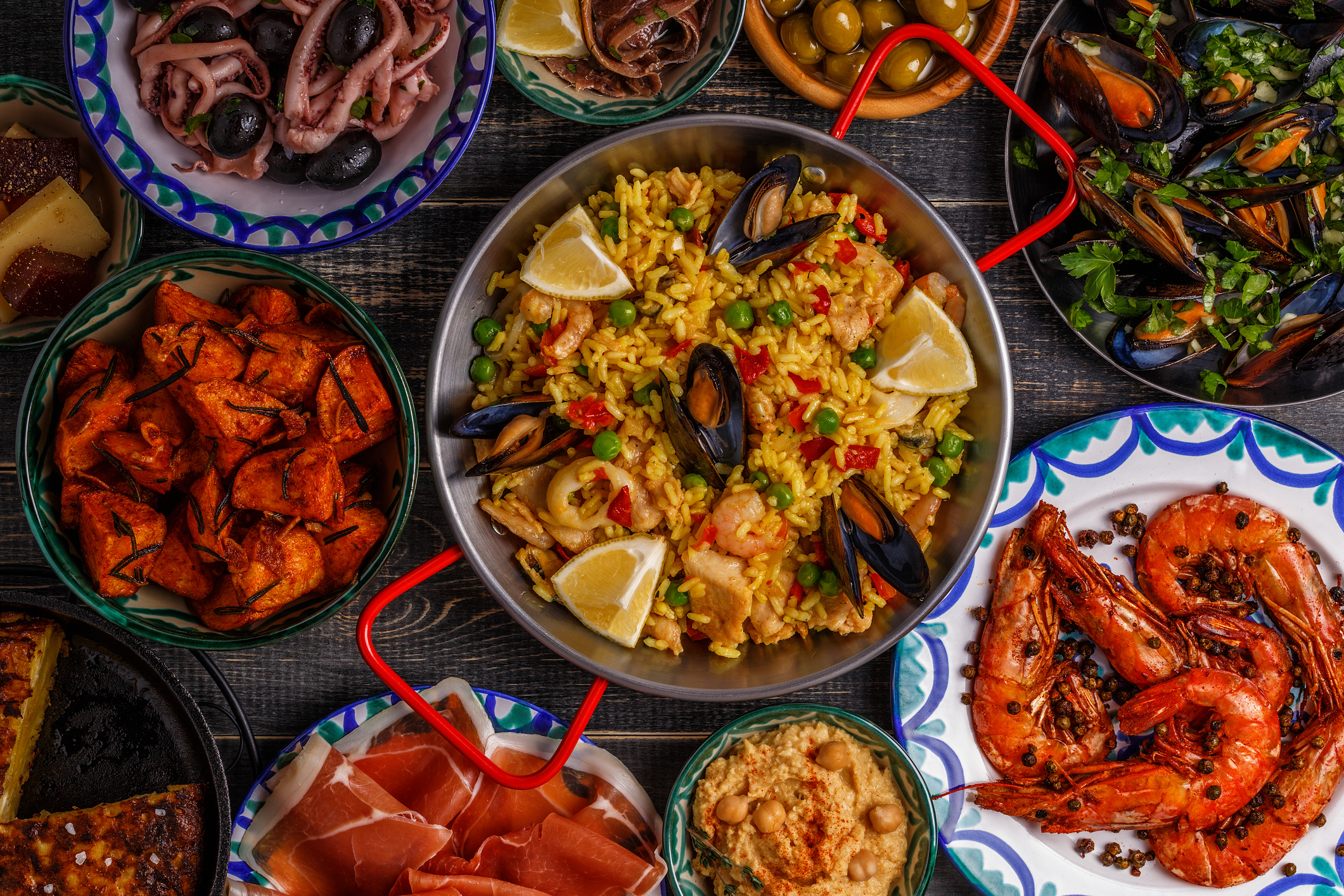
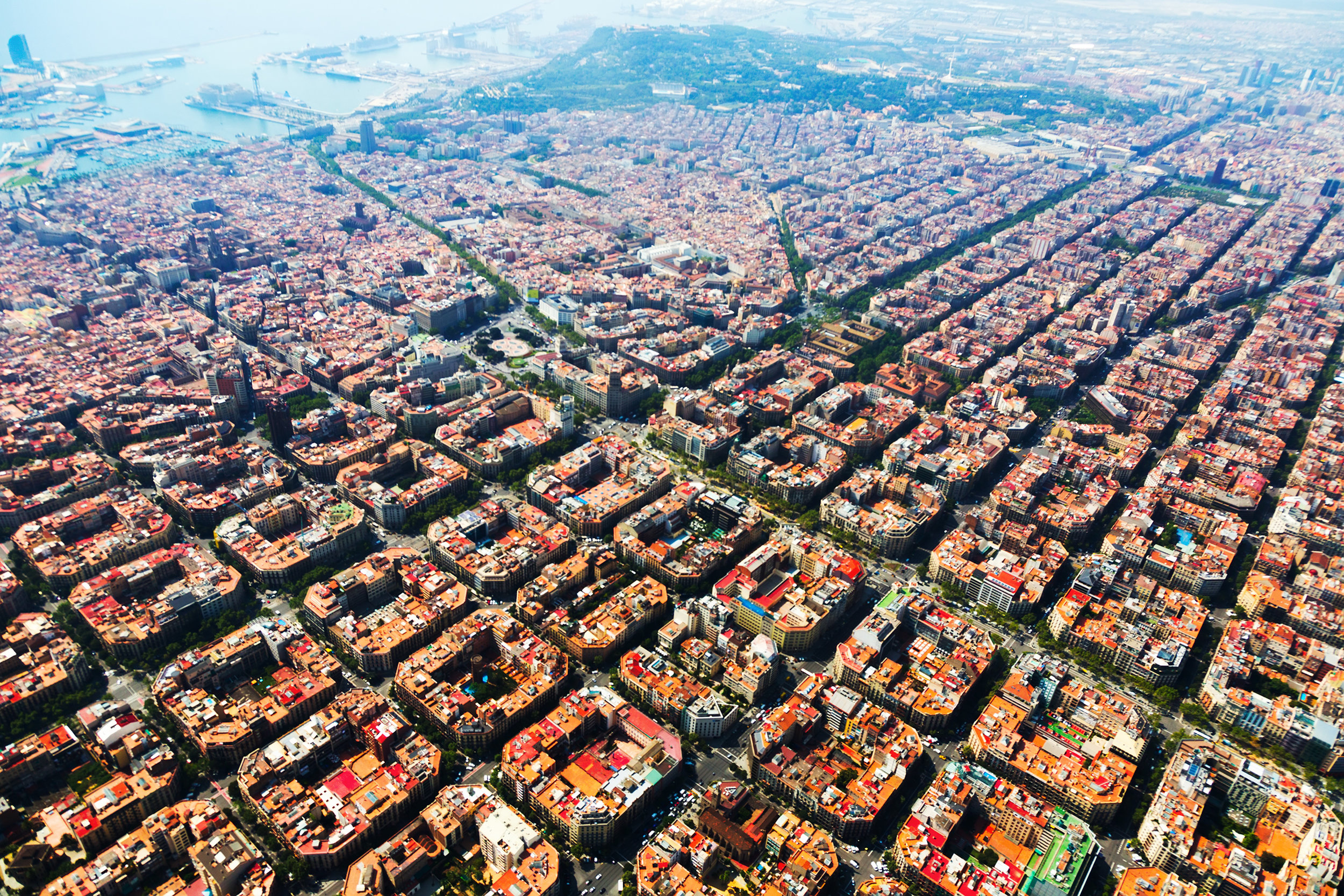
Barcelona a city of contrasts, and the Gothic Quarter does not disappoint. Unlike the ordered squares of Barcelona's city design the Gothic Quarter is the older part of the city characterised by winding streets, significant architecture and wonderful squares and promenades, including the famous La Rambla.
Our stroll through the Gothic quarter will start at the Liceu metro station with a visit to the Gran Teatre del Liceu, a beautiful opera theater in the heart of Barcelona. The theater opened in 1847 and whilst largely destroyed by fire in 1994 has been rebuilt, but a number of key architectural components remain from earlier versions of the building.
The Palace Guell, built in the late 1800s is another fine example of Antoni Gaudi's architectural influence on Barcelona. The building is noteworthy for its innovative conception of space and light and the use of noble traditional materials. Buy tickets. Close by Guell Palace is the Plaça Reial is a grand square in the Gothic Quarter. The Placa Reial is a popular destination with tourists, especially at night. Featuring restaurants and clubs it is a great place to meet up and enjoy the atmosphere.
The Museu Picasso houses one of the most extensive collections of artworks by the 20th-century Spanish artist Pablo Picasso. With over 4000 examples of the work by the painter, it is a must see for any Picasso lover. The museum is housed in five adjoining medieval palaces in Barcelona's La Ribera and is located on Montcada Street in the (Bank District) of Barcelona. Ticket prices vary, with some days being free, check here for details.
The Barcelona Cathedral was constructed largely during the 14th century. The cloister, which encloses the Well of the Geese (Font de les Oques) was completed in 1448. In the late 19th century, the neo-Gothic façade was constructed over the nondescript exterior that was common to Catalan churches. The cathedral roof is notable for its range of gargoyles that feature a wide range of animals, both domestic and mythical. While entrance to the cathedral is free, some of its features like the roof, etc attract a small fee. During the lead up to Christmas the Placa Nova features a great nativity market.
The Church of Santa Ana is hidden away in the Placeta de Ramon Amadeu, the church is slightly off the tourist route and provides a quiet space to contemplate the wonders of Barcelona. Entrance to the chapel is only a couple of Euros. The cloister is the most beautiful area of the church.
The Placa Catalunya is the centre of Barcelona and sits in the heart of the financial sector. The large square with its large trees, fountains, statues and patterned floor is a great spot to take a break. Surrounding the Placa are some of Barcelona's best shopping spots.
La Rambla is an amazing boulevard stretching from the Placa Catalunya to the port and is a must see in Barcelona. THe boulevard meanders along the border of the Gothic Quarter and ends at Barcelona Port. This tree lined street provides great respite during the hot Barcelona summers, and is full of amazing art work, sites and sounds. The La Boqueria market opens off the Rambla and is one of the city's foremost tourist landmarks, housing a very diverse selection of goods
The Journey
Catch the metro to Liceu station, exit the station and take a look at the Gran Teatre del Liceu, head along Las Ramblas toward the port. Turn left into the Carrer Nou de la Rambla and walk about 50 meters to the Palau Guell.
Head back along Carrer Nou de la Rambla and cross La Rambla, enter into Carrer de Colom and walk down to the Placa Reial. After exploring the Placa and perhaps sampling some breakfast.
Leave the Placa on the opposite of the square and walk down Carrer dels Tres Llits, which changes its name to Carrer de la Lleona. Turn left into Carrer d'Avinyo, keep strolling along this street until you come to a t junction, turn left into Carrer Ample. Turn right into Carrer de la Fusteria and wander across the Placa d'Antonio Lopez. Turn left and head along Via Laietana away from the port.
About 120 meters along the Via Laietana turn right along Carrer de Manressa, cross Carrer de l'Argenteria and continue along Carrer del Brossoli, turning left into Carrer dels Banys Vells and continue to the end of the street and turn left into Carrer de la Barra de Ferro and walk down this lane until you arrive opposite the Picasso Museum.
Leaving the Museum turn right onto Carrer de Montcada and walk a short 30 meters and turn left into Carrer de la Princesa. Stroll allong Princesa for about 200 meters and turn right into Via Laietana. In about 80 meters cut diagonally across the Placa de Ramon Berenguer el Gran and move along Carrer de la Tapineria entering the Placa Nova in front of the Barcelona Cathedral.
Leaving the Placa Nova head up Carrer dels Arcs away from the cathedral. Turn right into the Avinguda del Portal de l'Angel. Turn right into Carrer de la Canuda and then left into Carrer de Bertrellans. Turning right into Carre de Santa Ana and take in the Parròquia de Santa Ana. Continue along Carre de Santa Ana and turn right into Avinguda del Portal de l'Angel. And spend time to take in the Placa de Catalunya. From the Placa de Catalunya it is time to take a stroll down Las Ramblas one of the most famous streets in the world.
